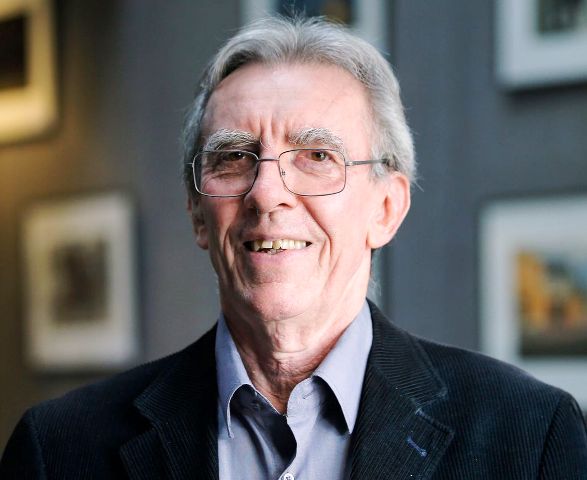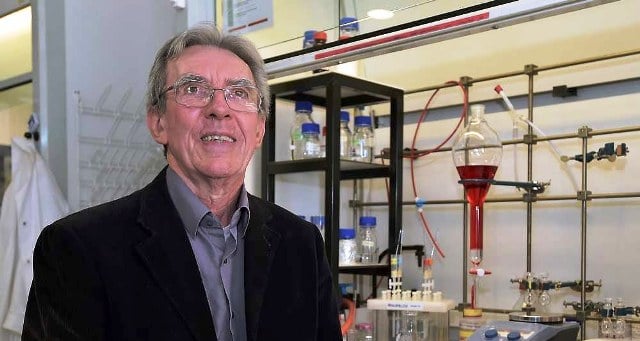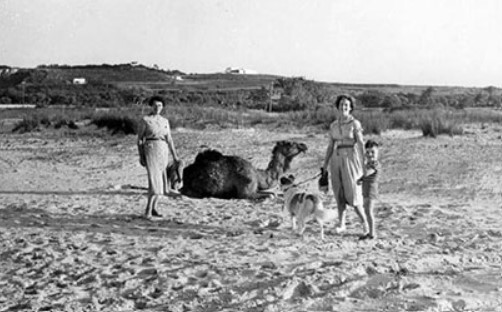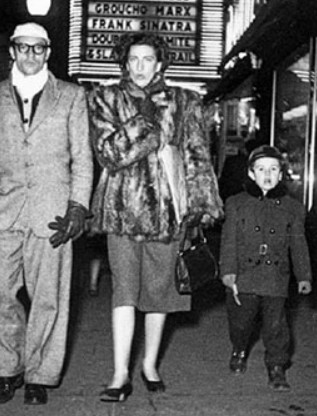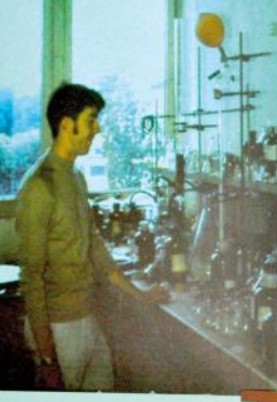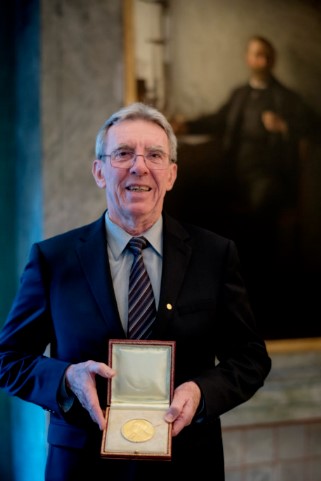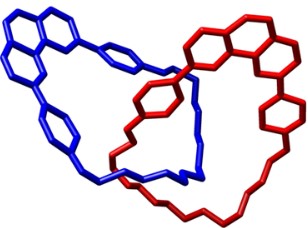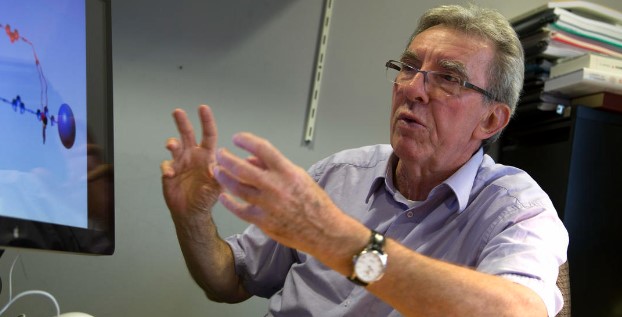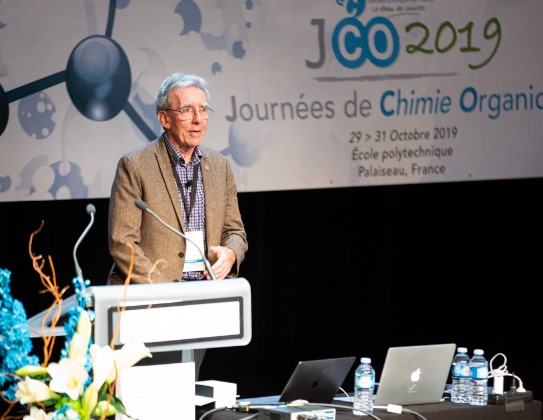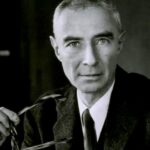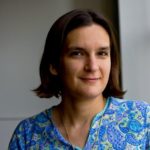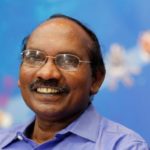Jean-Pierre Sauvage Age, Biography
Quick Info→
Hometown: Paris, France
Wife: Carmen
Age: 79 Years
| Bio/Wiki | |
|---|---|
| Profession | Coordination Chemist |
| Known for | Winning the 2016 Nobel Prize in Chemistry for his work on molecular machines |
| Physical Stats & More | |
| Height (approx.) | 5' 9" (175 cm) |
| Eye Colour | Light Brown |
| Hair Colour | Grey |
| Career | |
| Fields | Supramolecular Chemistry |
| Doctoral Advisor | J.-M. Lehn |
| Awards | • French Academy of Sciences (1990) • Nobel Prize in Chemistry (2016) |
| Thesis | Les Diaza-polyoxa-macrobicycles et leur cryptates (1971) |
| Personal Life | |
| Date of Birth | 21 October 1944 (Saturday) |
| Age (as of 2023) | 79 Years |
| Birthplace | Paris, France |
| Zodiac sign | Libra |
| Autograph | 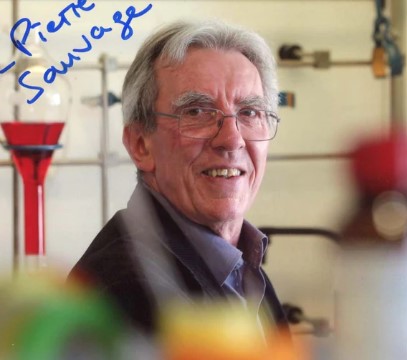 |
| Nationality | French |
| Hometown | Paris, France |
| College/University | University of Strasbourg |
| Educational Qualification(s) [1]AICS | • Doctorate in “diaza-polyoxa-acrobicycles and their cryptates” at the Louis Pasteur University of Strasbourg (1971) • Graduation from the National School of Chemistry of Strasbourg (now known as ECPM Strasbourg) (1967) |
| Relationships & More | |
| Marital Status | Married |
| Affairs/Girlfriends | Carmen (1967-1971) |
| Marriage Date | 8 February 1971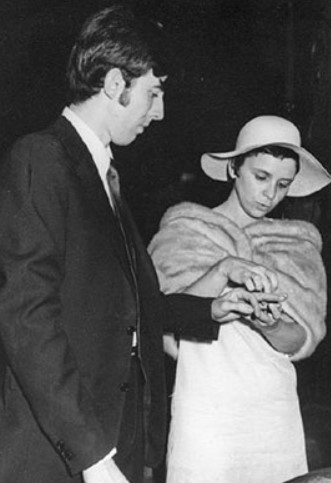 |
| Marriage Place | Thierenbach, a village in the south of Alsace |
| Family | |
| Wife/Spouse | Carmen |
| Children | Son- Julien Clément Sauvage |
| Parents | Father- Camille André Sauvage Mother- Lydie Angèle Arcelin |
| Other Relatives | Stepfather- Marcel Louis Grosse Grandmother- Suzanne Arcelin |
Some Lesser Known Facts About Jean-Pierre Sauvage
- Jean-Pierre Sauvage’s mother belonged to Normandy, and his father belonged to the northern part of France.
- His father was a jazz musician and composer. He was both a conductor and clarinettist. After the Second World War, his father became a popular jazz player. Later, he began composing songs for many French radio stations, television shows, and films.
- When Jean-Pierre Sauvage was a baby, his parents got separated. His father left him to pursue his music career.
- He then began living with his mother, who later married an Air Force officer, Marcel Louis Grosse.
- As his stepfather was in the military, his family frequently shifted from one place to another. His family started living in North Africa when he was three years old. There, they lived in Algeria and Tunisia in French colonies.
- He studied in the schools of Tunisia till the age of 7.
- His grandmother used to live in Paris and often visited his family in Tunisia.
- His family lived in the USA from 1951 to 1952, and he was very fond of watching films in the theatre at that time.
- After that, his family returned to France where he went to four to five different schools in the western part of France and Paris till the age of ten.
- When Jean-Pierre Sauvage was ten years old, his mother became ill and contracted tuberculosis. So, he had to stay with his grandmother for a year in the family village of Pacy-sur-Eure in Normandy.
- When his mother recovered from illness, he started living with his parents and moved to the eastern part of France in the Lorraine region.
- The family moved to the north of Alsace in Drachenbronn when he was 15 years old. There, he went to the high school in Haguenau.
- When Jean-Pierre Sauvage was around 15 or 16 years old, he became interested in chemistry, especially with natural molecules like chlorophylls that he would extract from plants.
- He set up a small and basic chemistry lab in his cellar where he would experiment with separating chlorophylls on paper or distilling various mixtures.
- Jean-Pierre Sauvage was better at mathematics in school than physics or chemistry. His interest in different subjects was heavily influenced by his teachers’ personalities.
- After obtaining ‘baccalauréat’ (a French examination taken at 18 years old that allows university admission), he was enrolled in a competitive program called ‘classes préparatoires.’ This program was conducted to prepare the students to compete for entrance to engineering schools.
- Jean-Pierre Sauvage spent two years for the preparation of the test and succeeded. After that, he was admitted to the Chemical Engineering School of Strasbourg.
- He did his doctorate under the guidance of Jean-Marie Lehn, who was granted the Nobel Prize in Chemistry in 1987.
- According to him, in Jean-Marie Lehn’s research group, he acquired a strong knowledge of organic and physical chemistry.
- After completing his post-doctoral fellowship at the University of Oxford, he returned to Strasbourg.
- When Jean-Pierre Sauvage first met, Carmen, she was studying History of Art and Archaeology. She had an interest in ancient ceramics and used to participate in many campaigns organised on the Anatolian plateau in Turkey.
- In 1979, Jean-Pierre Sauvage was appointed as a director of research (CNRS) at the University of Strasbourg.
- He has contributed his theories to the 1st syntheses of the cryptand ligands while pursuing his PhD.
- He earned a postdoctoral fellowship in Oxford (UK) after he completed his PhD thesis.
- In 1983, Jean-Pierre Sauvage did a Nobel Prize-winning work when he synthesized a catenane, a complex of two interlocking ring-shaped molecules that were bonded mechanically, not chemically.
- The Nobel Prize recognized this as a crucial first step towards creating a molecular machine because these two rings could move relative to each other. The other two recipients of the prize continued their work by creating a rotaxane and a molecular rotor.
- His other research works include the electrochemical reduction of CO2 and models of the photosynthetic reaction centre.
- Jean-Pierre Sauvage completed his postdoctoral research with M. L. H. Green.
- On 26 March 1990, he was appointed as a correspondent member of the French Academy of Sciences. He became its member on 24 November 1997.
- In 2009, Jean-Pierre Sauvage began working as a professor emeritus at the Institute of Supramolecular Science and Engineering, a joint unit of the University of Strasbourg and the CNRS.
- His major contribution to Chemistry is in the field of Molecular Topology, specifically the Mechanically-Interlocked Molecular Architectures.
- On 5 October 2016, he, along with Fraser Stoddart and Bernard L. Feringa, was awarded the Nobel Prize in Chemistry for their design and production of Molecular Machines.
- They developed molecules with controllable movements. These molecules can perform a task when energy is added.
- In April 2019, he was chosen as a foreign associate at the US National Academy of Sciences.
- According to Google Scholar, Sauvage has an h-index of 109 in 2021. In the same year, Scopus announced his h-index as 100.
References/Sources:

